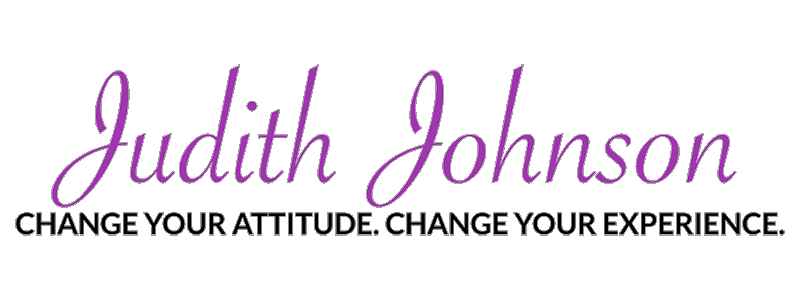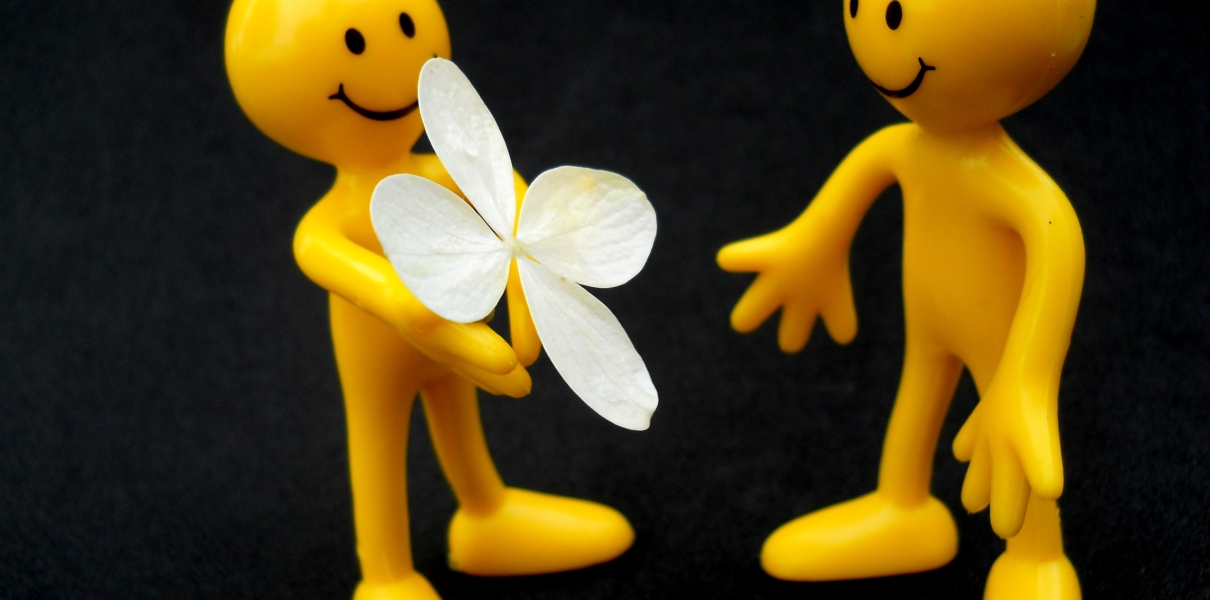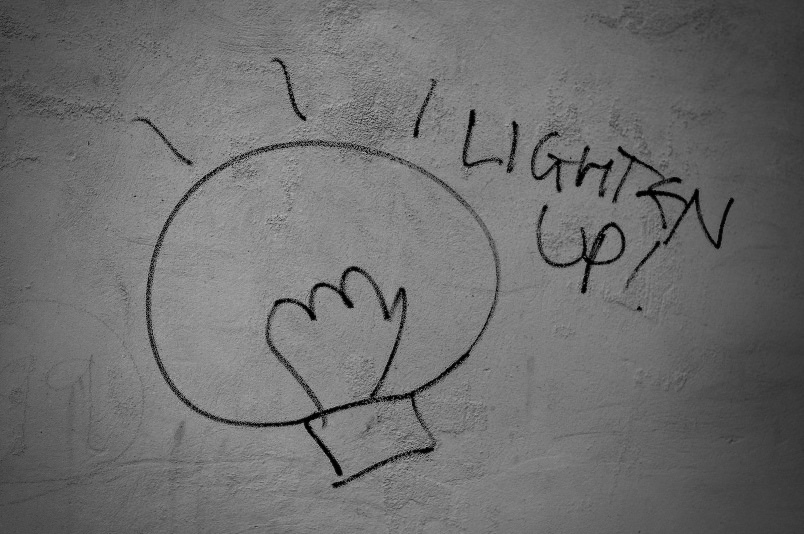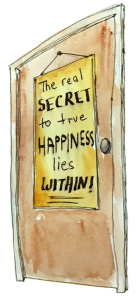I always thought that babies should come with operating instructions and that parents-to-be should be required to pass a parenting test. After all, a license is required to drive a car. Surely a course in the basics of taking care of a baby’s physical and emotional needs would help. Beyond these basics, I dream of a world that acknowledges and nurtures the spiritual dimension of our being and teaches us how to be awesome human beings. It’s really very simple. It’s just not very easy. It takes a lot of focus, willingness and practice, practice, practice.
Being an awesome human being requires mastering the fine art of being a human being. The “man” part of being human has been carefully defined to distinguish us from “other primates.” Man/woman comes equipped with opposable thumbs, an erect posture, a highly developed brain, the capacity for abstract reasoning, and the ability to communicate and organize information based on a symbolic system of language. The “hu” part is best understood when we realize that it is a Sanskrit name for God that predates the anthropomorphic image of God as a fatherly, human figure. So, to be “human” means to be both divine and earthly at the same time. What a balancing act — to be a soul or spiritual being having an earthly embodiment.
To be an awesome human being requires three things:
- To know that you are both spiritual and earthly.
- To live consciously from the inside out, deeply connected to the truth as you know it.
- To love yourself and others regardless of any considerations.
That’s it — just three things!
First, let’s look at what it means to be simultaneously aware of our spiritual and earthly existence. Wrapping our brains around this means grasping that we are at once limitless yet limited, of God yet earthly, finite yet eternal. We have the freedom to explore the vast complexity of our being as much or as little as we choose. Unfortunately, for many people there is no structure or stimulation in their lives to motivate such an exploration.
The world’s great religious teachings are filled with passages about what it means to be fully human. In The Wisdom Jesus, for example, Cynthia Bourgeault suggests that the incarnation of Jesus served the purpose of showing humanity how to fulfill “our only truly essential human task here … to grow beyond the survival instincts of the animal brain and egoic operating system into the kenotic joy and generosity of full human personhood.” Bourgeault notes how this claim of Jesus as the Christian role model for the human challenge of synthesizing physical and spiritual existence is affirmed in the gospels. Jesus frequently uses the term “I am,” as in “‘I am the shepherd,’ ‘I am the door,’ ‘I am the vine,’ ‘I am at your heart’s door knocking,’ ‘I am in you and you in me’ … In so doing, Jesus has identified himself with being itself.”
Whether looking through the lens of Christianity or some other theistic perspective, the challenge to know ourselves as both divine and earthly is there to be reconciled, and as Bourgeault suggests, it is our only essential human task. To know and to welcome God’s presence in ourselves is a worthy and essential vocation for us all.
The second requirement of being an awesome human being activates our conscious intention and choice. To live consciously requires the willingness to hold oneself responsible and accountable for one’s thoughts and behaviors. This eliminates such excuses as “I wasn’t thinking” or “I wasn’t paying attention.” To live consciously means to hold the intention of keeping your awareness present in the moment and building the ability to notice when your attention wanders to the past or future and then bringing it home to the present. It takes practice.
To live consciously from the inside out, deeply connected to the truth as you know it, means connecting the observations of your conscious awareness in the moment to the wisdom and truth that has been activated in your consciousness. A far richer life can be led from this deeper place of truth rather than the egoic external orientation of personal preferences and approval-seeking. When we reach outside for gratification, we are telling ourselves we are not enough and thus reside in a consciousness of lack. When we express outwardly from that deep inner place of truth, we have the ability to recognize what is true for us in the world because it resonates with the truth within us.
Finally, to love ourselves and others without conditions is the crowning achievement. This is not a matter of romantic love, but rather the feeling and expression of devotion to the well-being of ourselves and one another. It is a recognition of our kinship and underlying oneness. When we love in this way, we make nothing more important than loving one another. This kind of love is the most powerful force in the universe. It unites us as one through the trials and triumphs of life. Without it, we are separated by our judgments and personal, positional preferences. With it, we are magnificent. This kind of love is achieved through compassionate and caring choices made repeatedly day after day until it becomes who and how we are.
To be an awesome human being is not a matter of being perfect, for perfection does not exist in human form. We can only strive to do our best, humbled by the knowledge that we do in fact stumble and fall, and that those seeming “failures” are usually our most wonderful life lessons. To be awesome is to recognize and accept the challenge of being the very best “you” that you can be. Those who live this way serve as an inspiration to others to do and be the very best they can.
If you would like to know more about me and my work, please explore my website here.
Also, if you know anyone who might get value from this article please email or retweet it or share it on Facebook.












